ITECH7405 Project: Air Passenger Traffic Forecasting with ML Model
VerifiedAdded on 2023/06/09
|29
|2072
|339
Project
AI Summary
This project focuses on forecasting air passenger traffic using machine learning techniques. It addresses the problem of increasing flight delays and the need for accurate traffic estimation to meet demand capacity. The project aims to develop a model that analyzes historical data, identifies patterns using data mining and machine learning, and forecasts future air passenger traffic levels. The execution plan involves data collection, statistical analysis, and the implementation of data mining techniques with classification and linear regression algorithms. The proposed artifact utilizes factors such as the number of airports, population, income, and fuel prices to determine spatiotemporal patterns. The model employs techniques like K-nearest neighbors, support vector machines, and linear regression to enhance forecasting accuracy. The project compares the proposed methodology with current systems, highlighting the advantages of machine learning in providing more accurate and precise forecasts for better management and economic growth in the airline industry. Desklib provides access to this and similar assignments for students.
1 out of 29
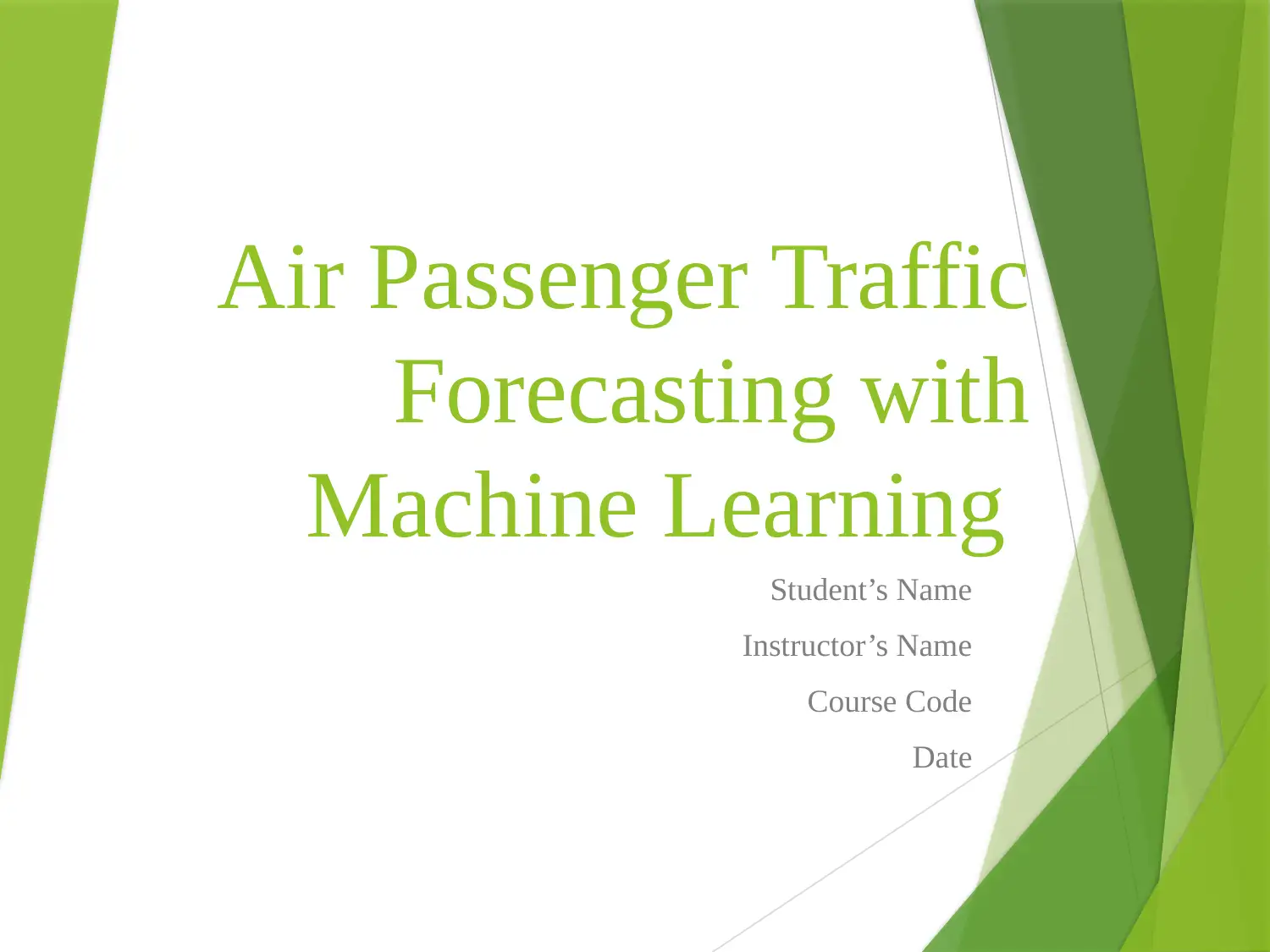
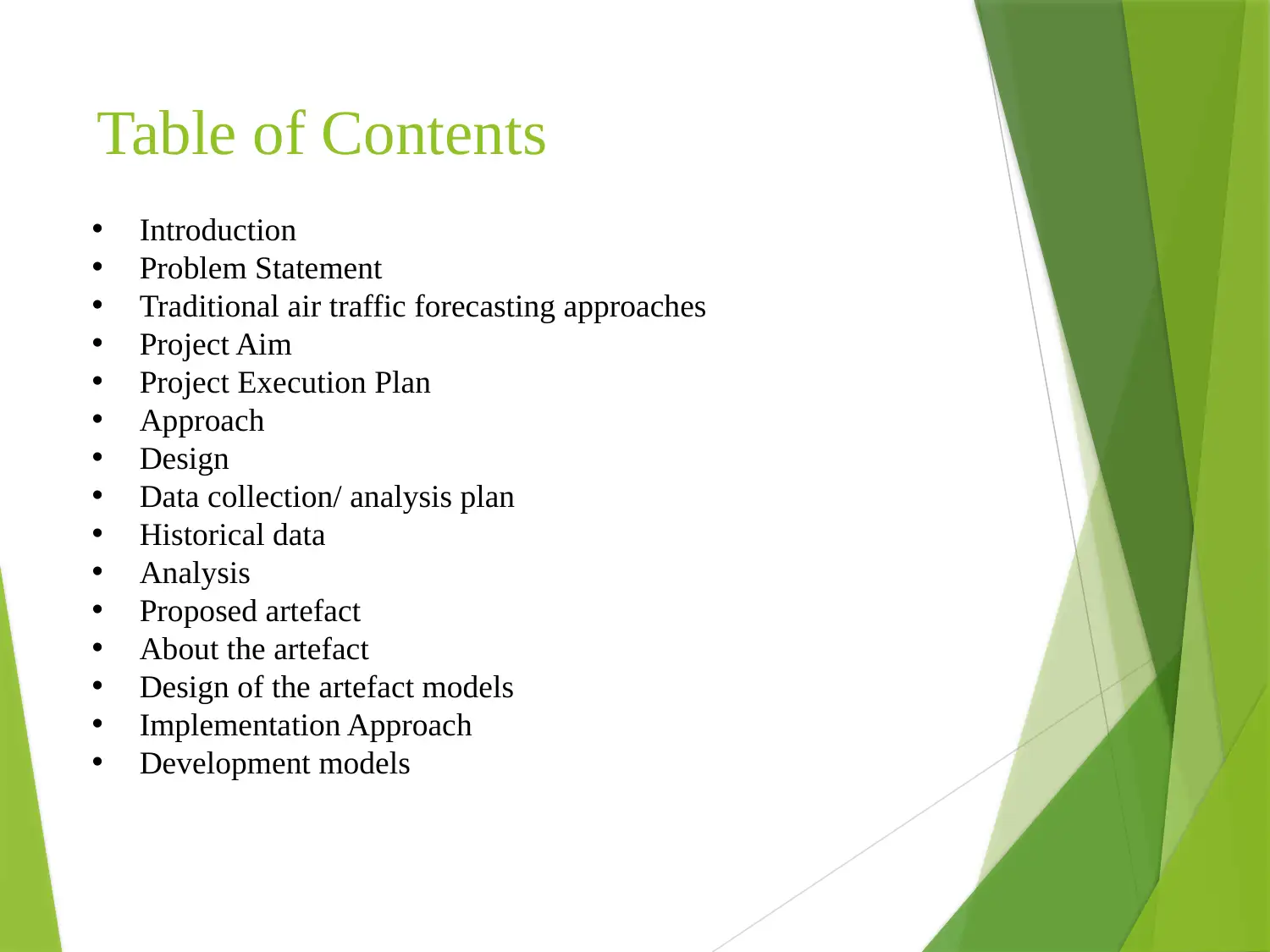
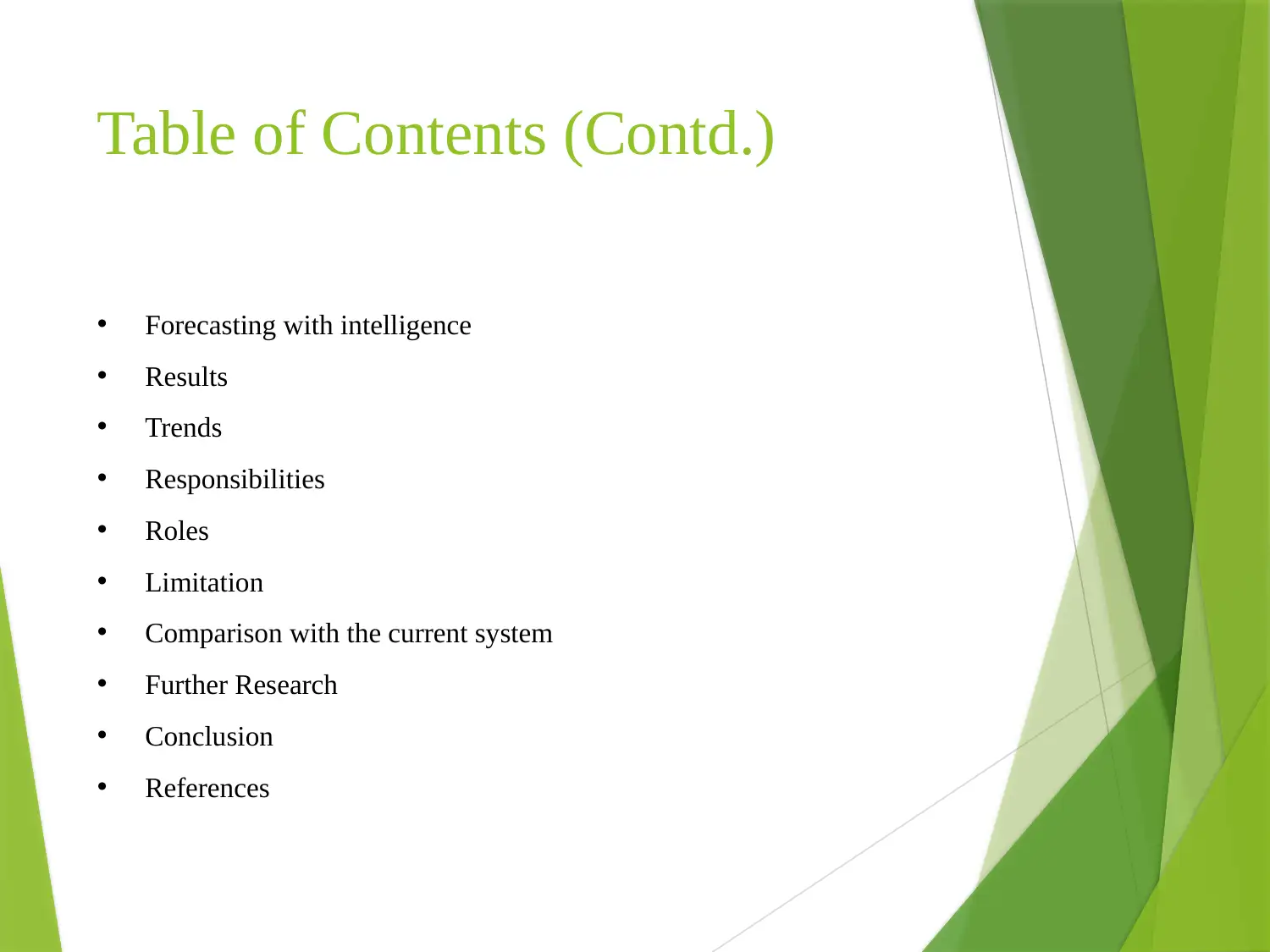

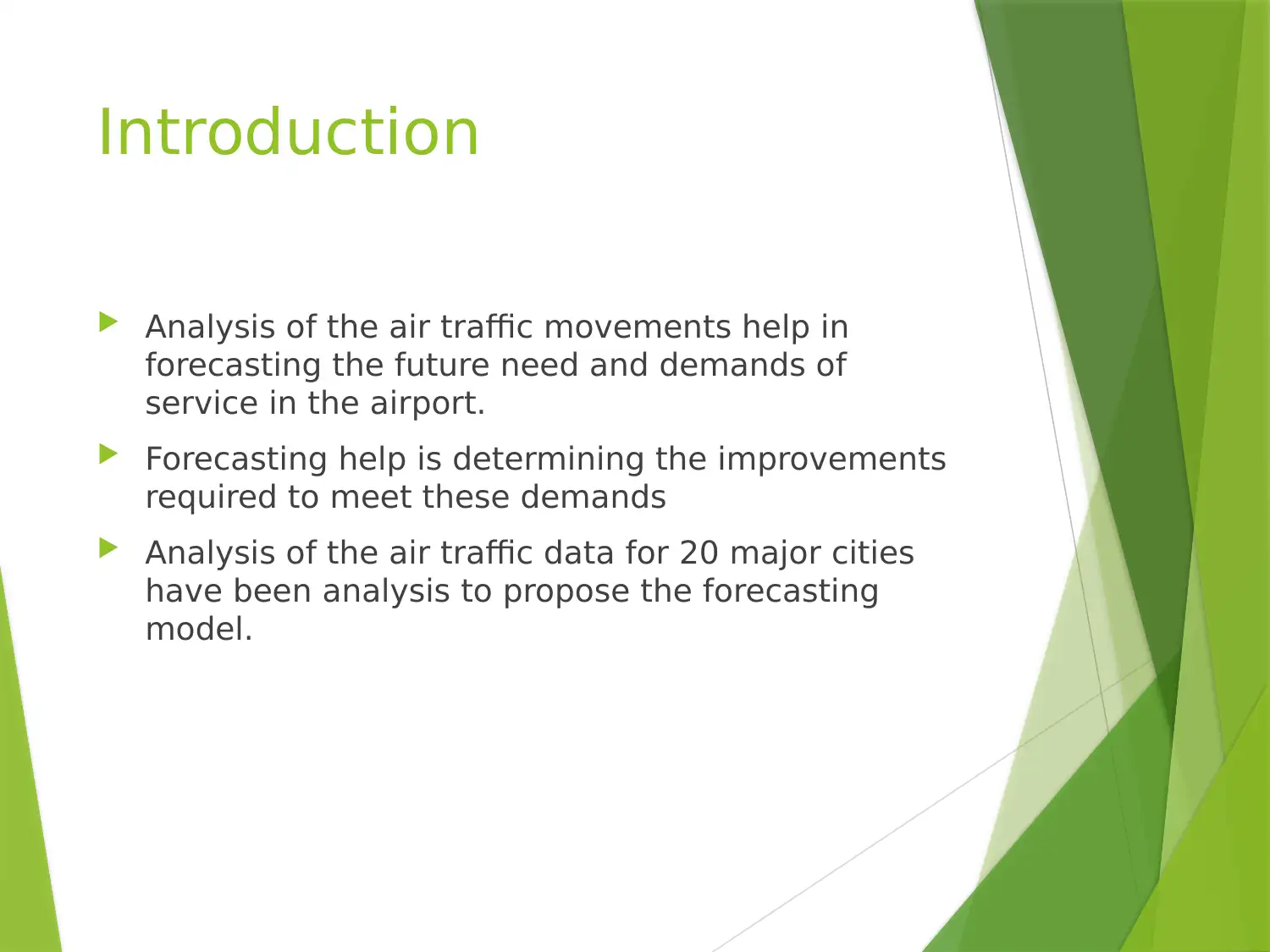
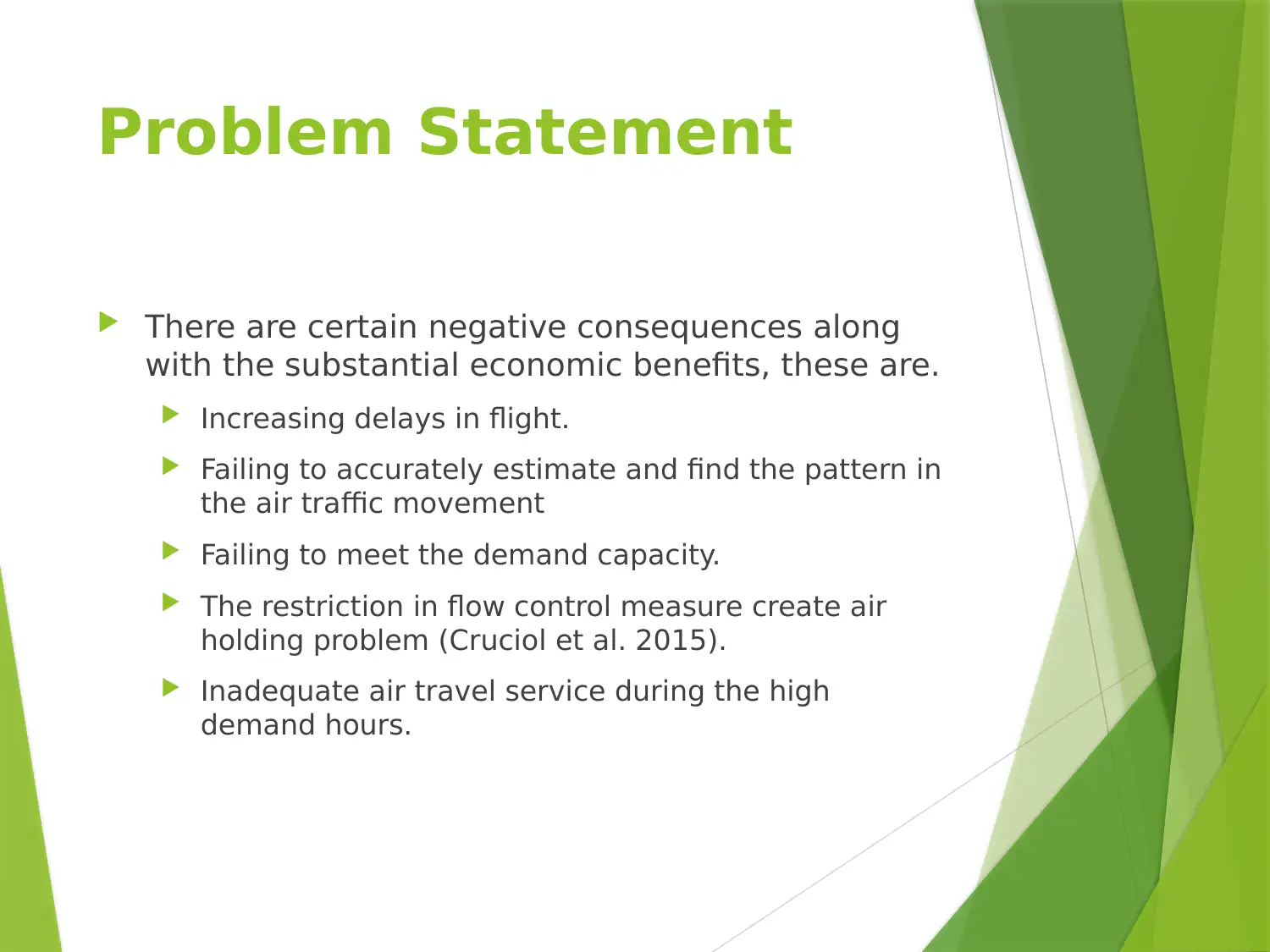
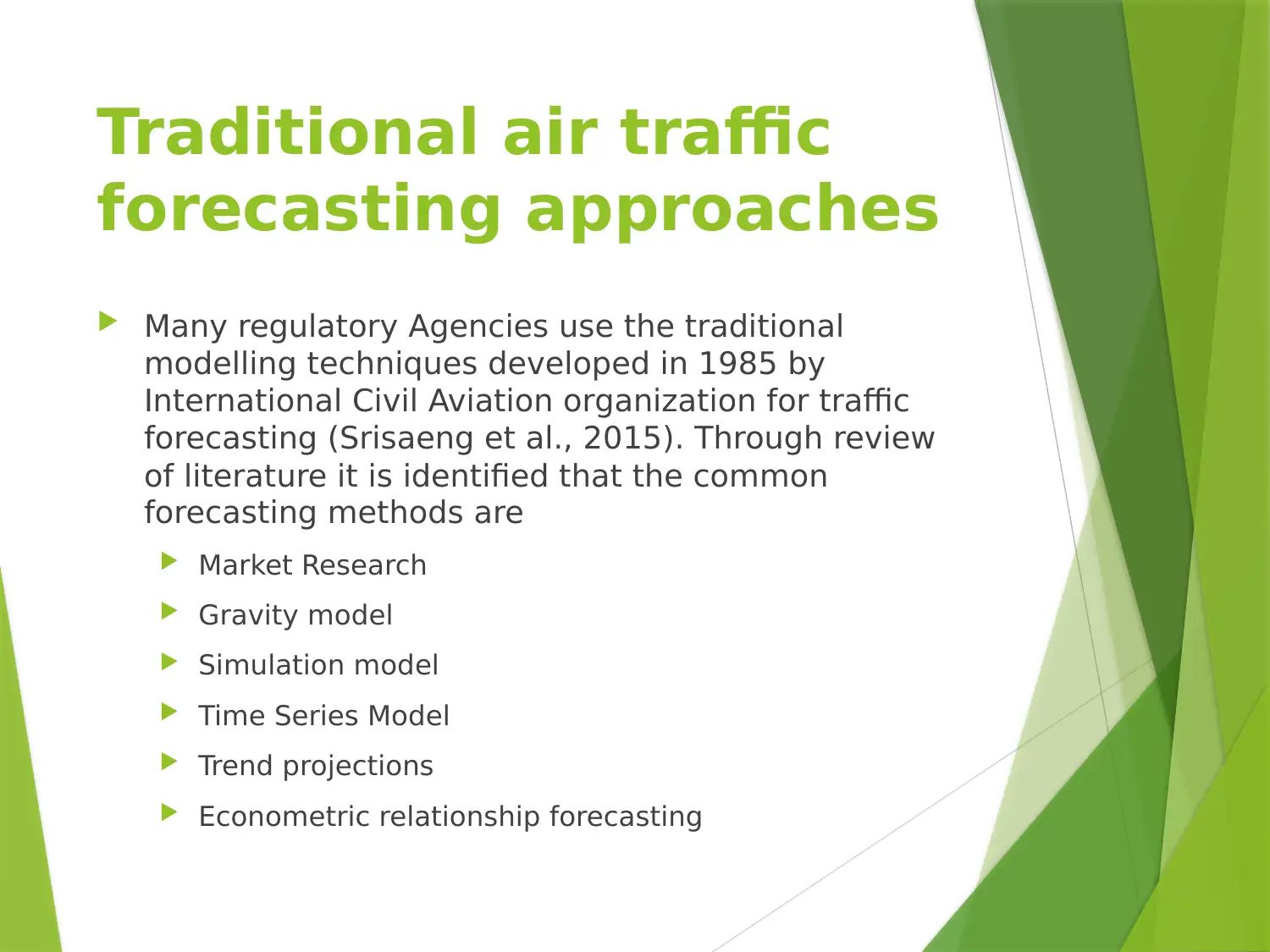
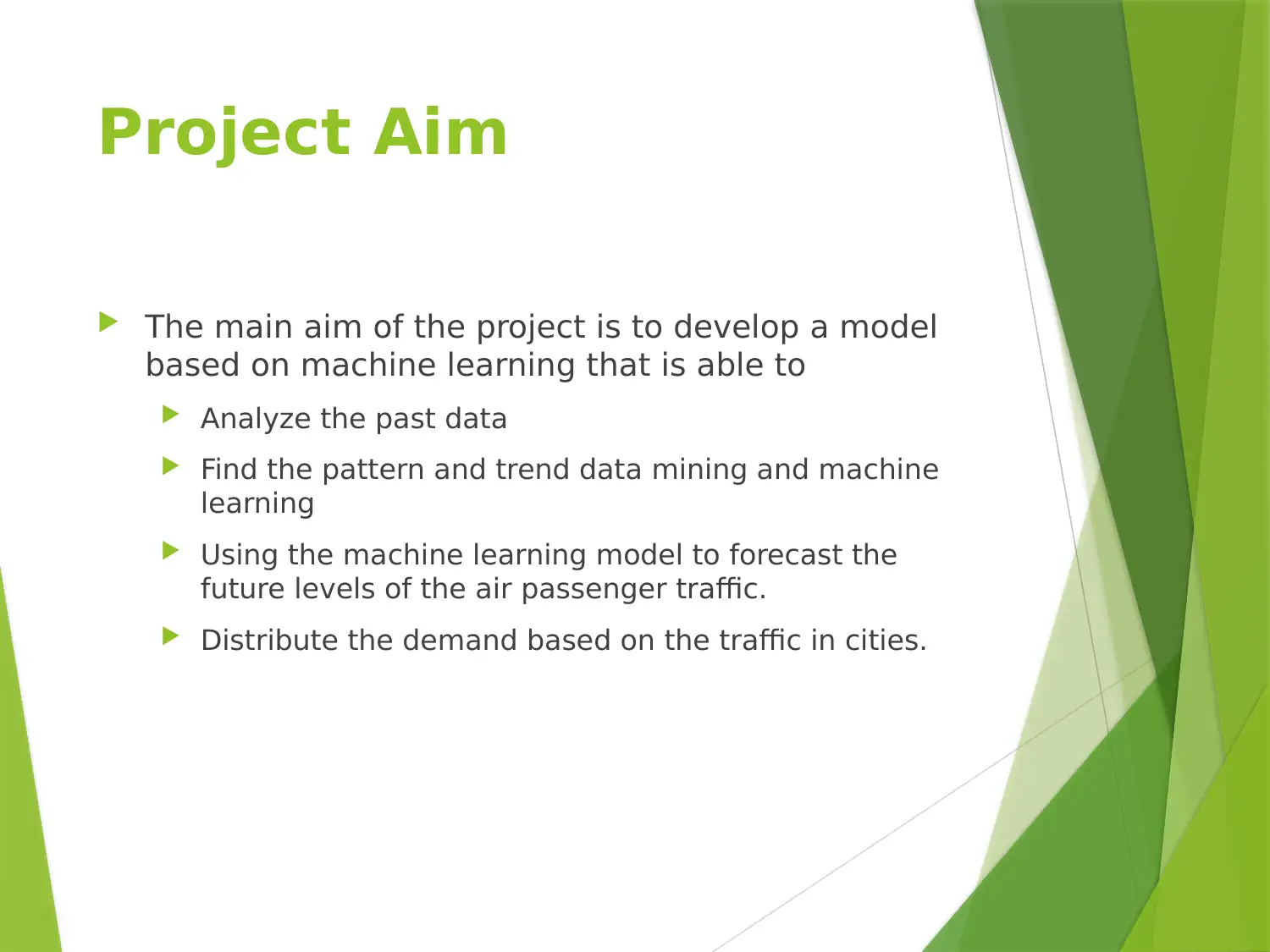
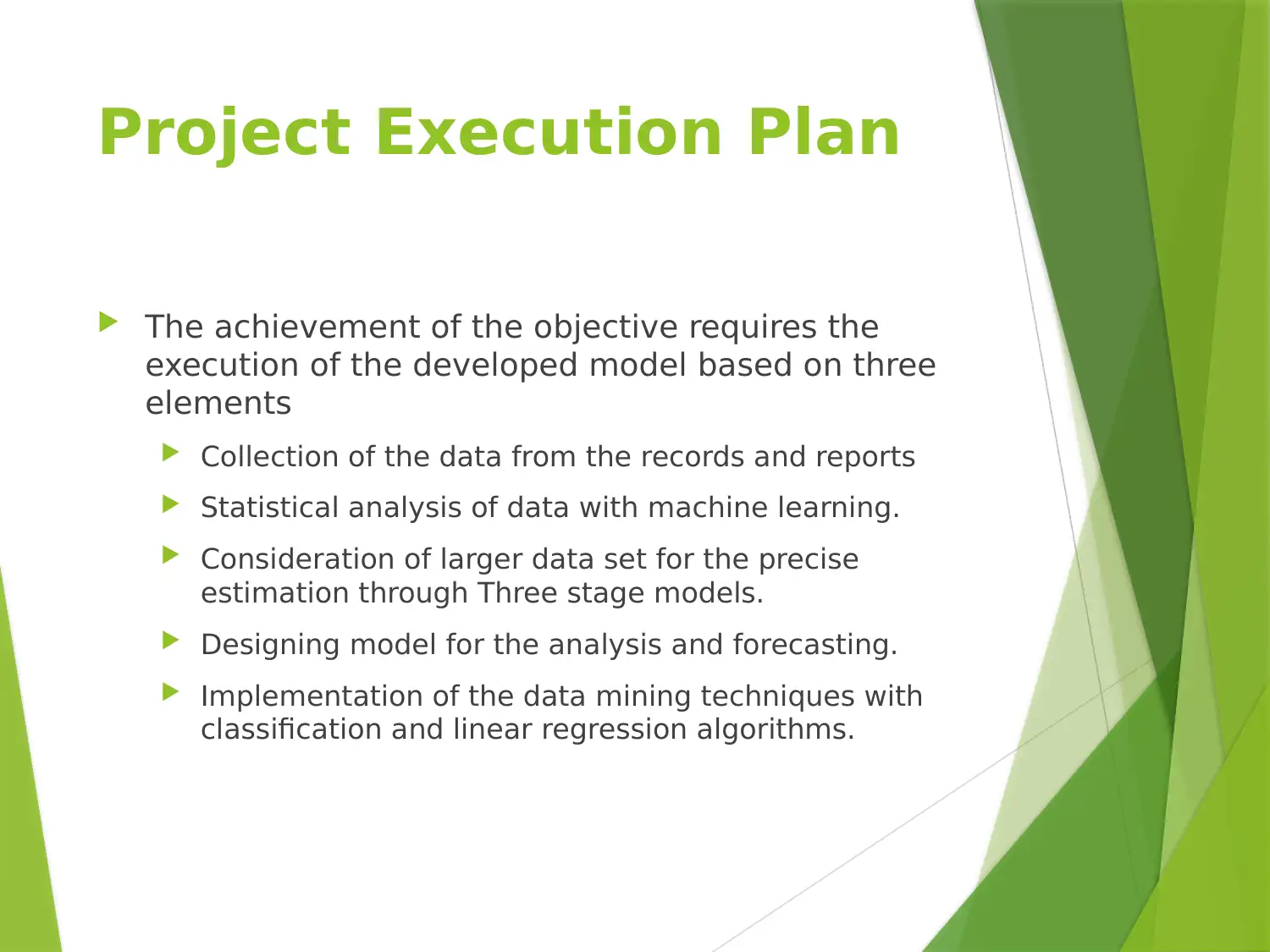
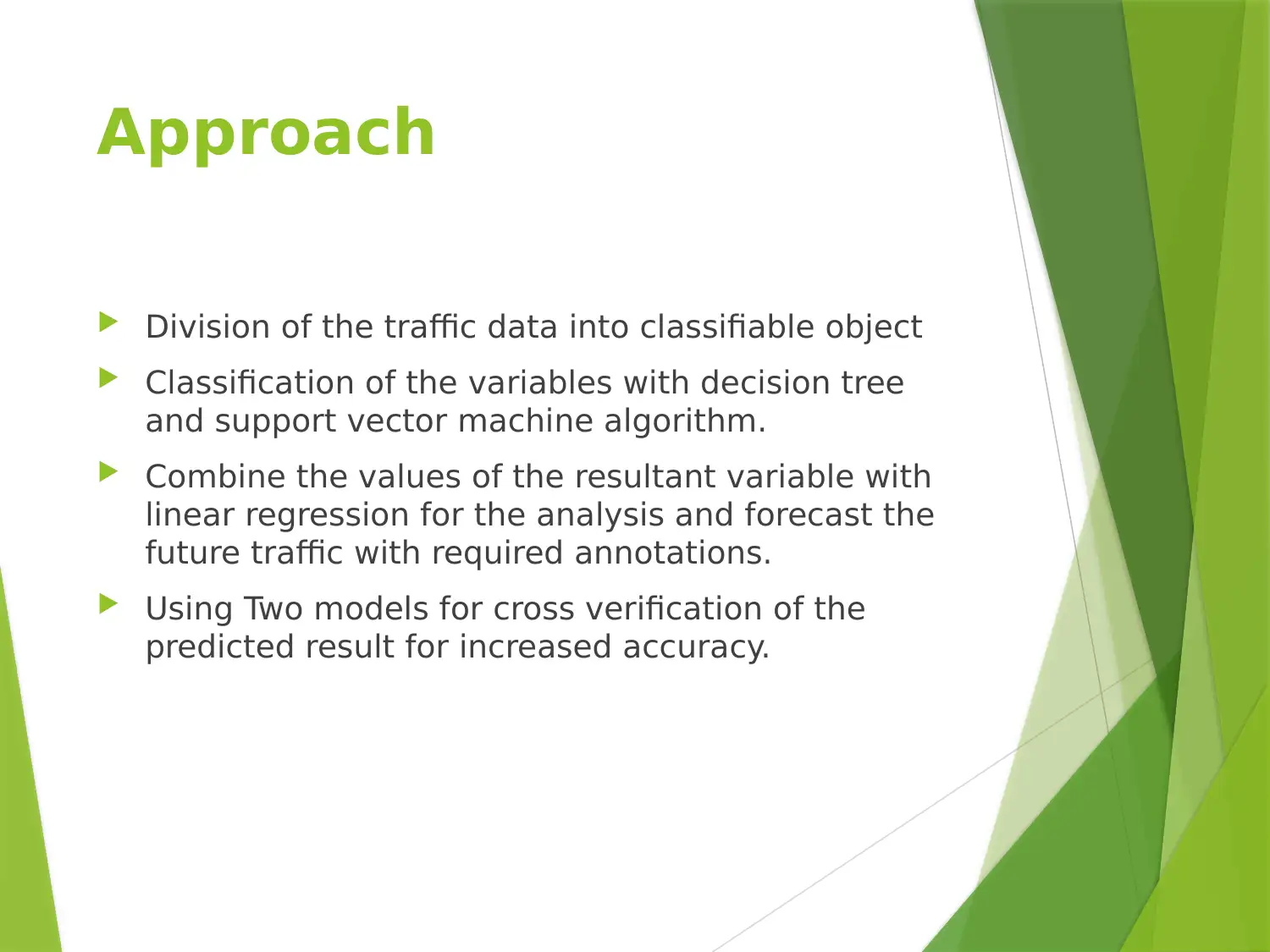
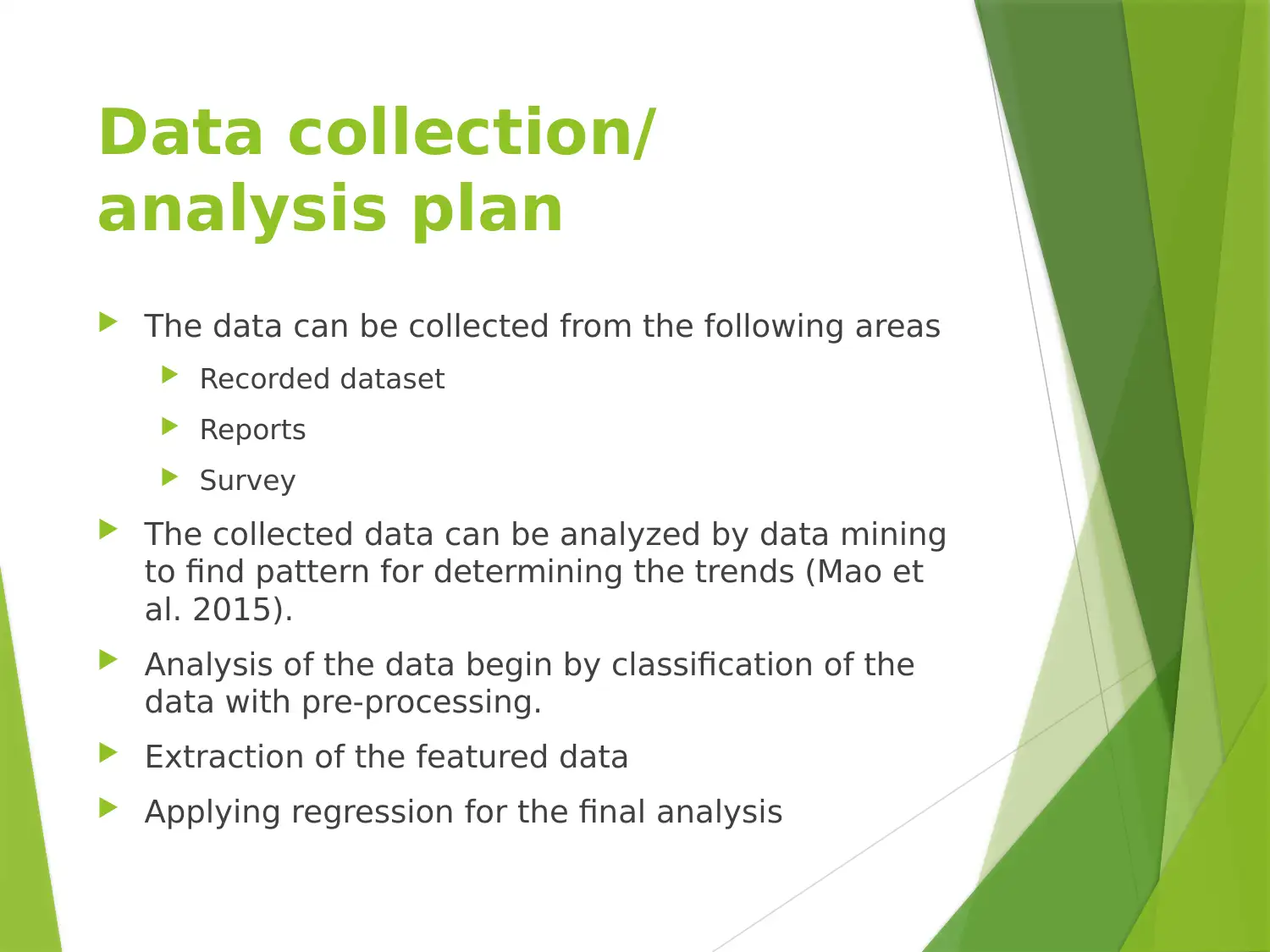
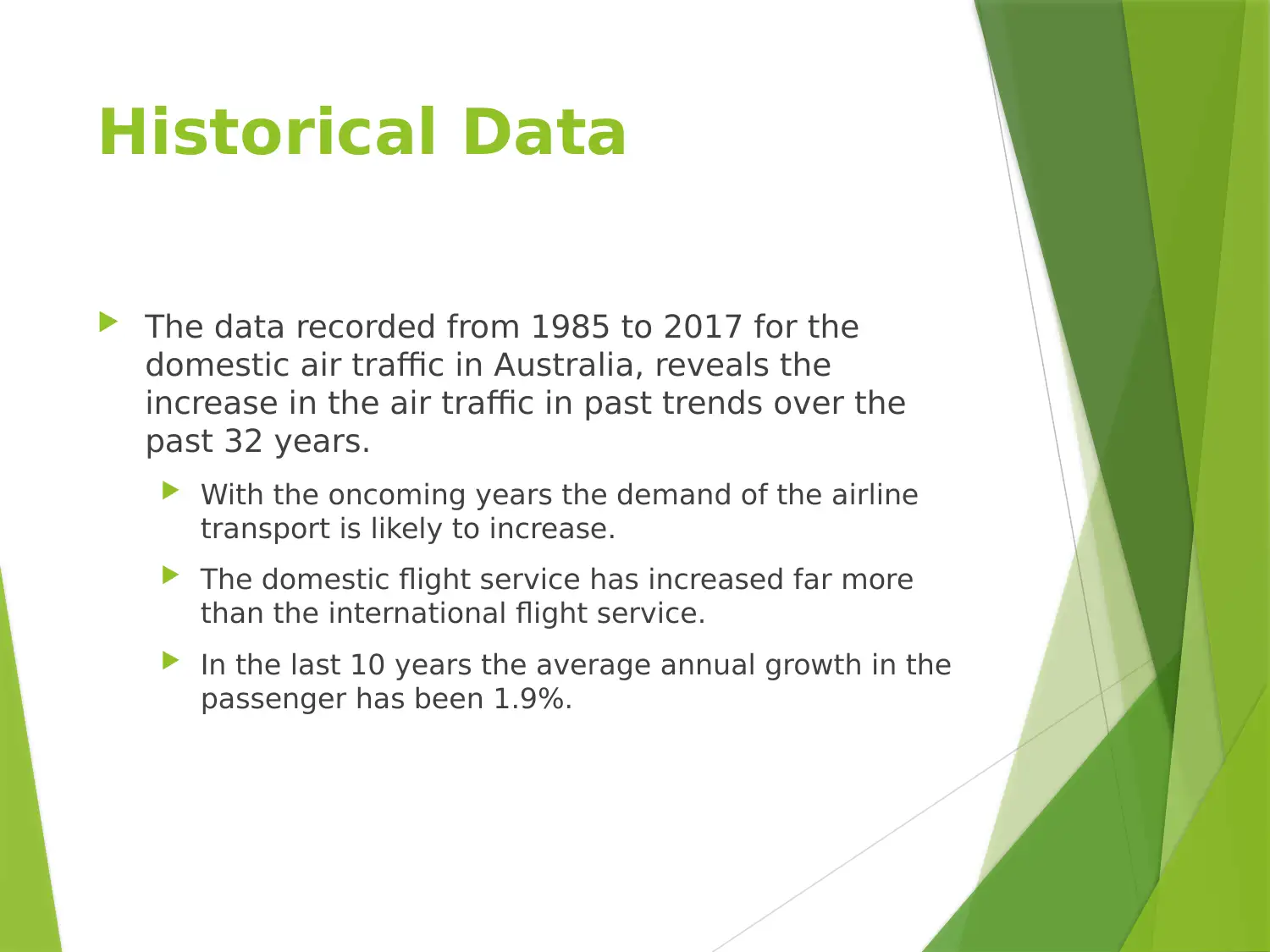
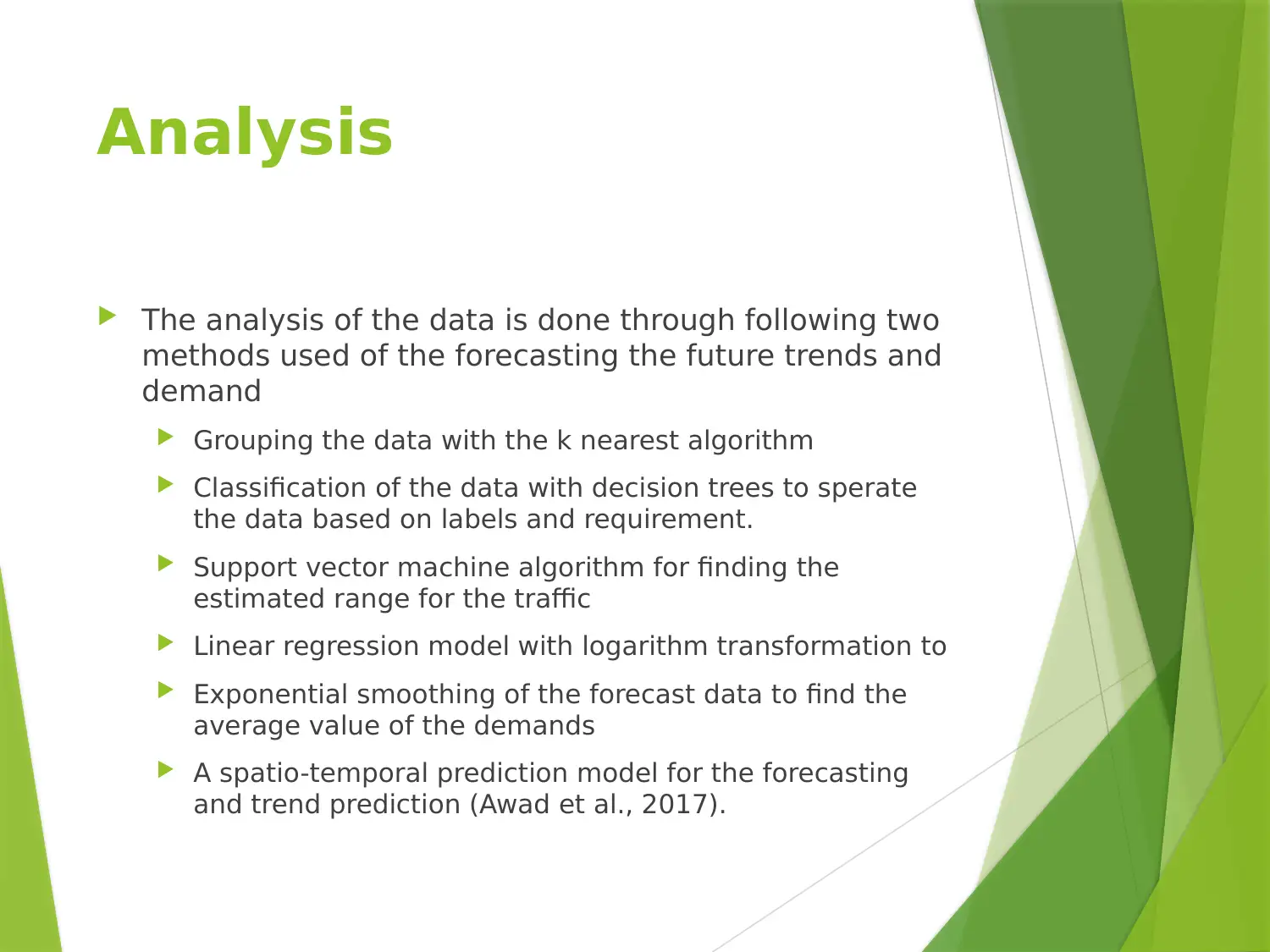





![[object Object]](/_next/static/media/star-bottom.7253800d.svg)